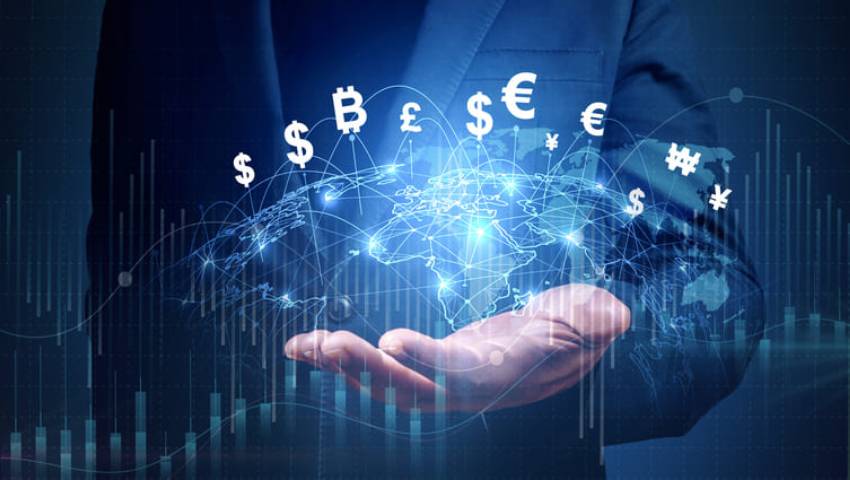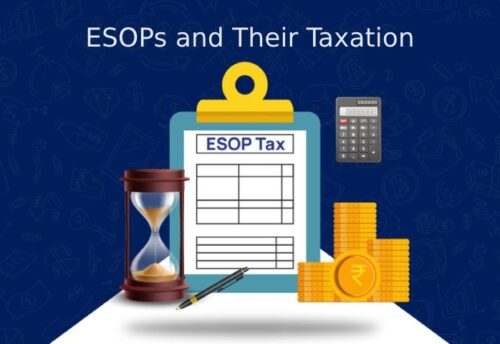
- 05/12/2024
- MyFinanceGyan
- 129 Views
- 7 Likes
- Investment, Cryptocurrency
Difference Between Crypto Assets and Blockchain
Blockchain and crypto are often misunderstood as synonymous, but they represent distinct concepts that form the backbone of the digital economy. Blockchain is the underlying technology, while crypto refers to digital assets created on it. Understanding the difference is essential for exploring technological and investment opportunities. This guide explains the distinctions, similarities, and future prospects of blockchain and crypto to help readers navigate this dynamic landscape.
What is Blockchain?
Blockchain is a decentralized, distributed ledger technology designed to record transactions securely, transparently, and immutably. Each transaction, or “block,” is linked to the previous one using cryptographic hashes, forming a chain that ensures data integrity.
This structure makes altering past transactions virtually impossible, enhancing trust and security. Blockchain extends beyond cryptocurrencies, finding applications in supply chain management, healthcare, finance, and more. By eliminating the need for central authorities, it enables all network participants to access the data equally, fostering transparency and trust in a trustless environment.
What is Crypto?
Crypto, or cryptocurrency, refers to digital or virtual assets that leverage cryptography for security. Unlike government-issued traditional currencies, cryptos operate on decentralized networks powered by blockchain technology.
The first cryptocurrency, Bitcoin, was introduced in 2009 by the pseudonymous Satoshi Nakamoto. Since then, thousands of cryptocurrencies, including Ethereum, Ripple, and Litecoin, have emerged.
Cryptos serve multiple purposes:
- Medium of exchange: Used for transactions.
- Store of value: Retain value over time.
- Unit of account: Measure value.
Some cryptos, like Bitcoin, are fully decentralized, while others, like Ripple, offer centralized features for specific use cases. However, cryptos are highly volatile, with values influenced by supply, demand, and market trends.
Similarities Between Blockchain and Crypto:
Key Differences Between Blockchain and Crypto:
Future of Blockchain and Crypto:
Blockchain:
The technology is rapidly expanding beyond financial systems. Blockchain’s decentralized, transparent, and secure structure is gaining traction in industries such as healthcare, logistics, and government operations. As development continues, blockchain is expected to power decentralized applications (dApps) and drive innovation across sectors.
Crypto:
The future of cryptocurrencies is intertwined with regulatory developments. Governments are increasingly interested in controlling crypto activities, with initiatives like central bank digital currencies (CBDCs) emerging. While regulation may stabilize the crypto market, skeptics warn about security risks and volatility. Enthusiasts, however, see cryptos evolving into a stable and integral component of global finance.
Together, blockchain and crypto are reshaping digital technology and finance. Blockchain’s applications extend to various fields, while crypto plays a significant role in transforming traditional financial systems.
Conclusion:
Blockchain and crypto, while interconnected, serve distinct purposes in the digital economy. Blockchain provides the technological infrastructure, while crypto represents digital assets leveraging that foundation. Both offer exciting opportunities but come with their unique challenges. Understanding these differences is crucial for anyone navigating the future of digital technology and finance.
Start exploring cryptocurrencies today by opening a free account on CoinDCX: https://join.coindcx.com/invite/n75xR
Disclaimer: This content is for educational purposes only and reflects the author’s personal views. It does not constitute financial advice or product recommendations.



